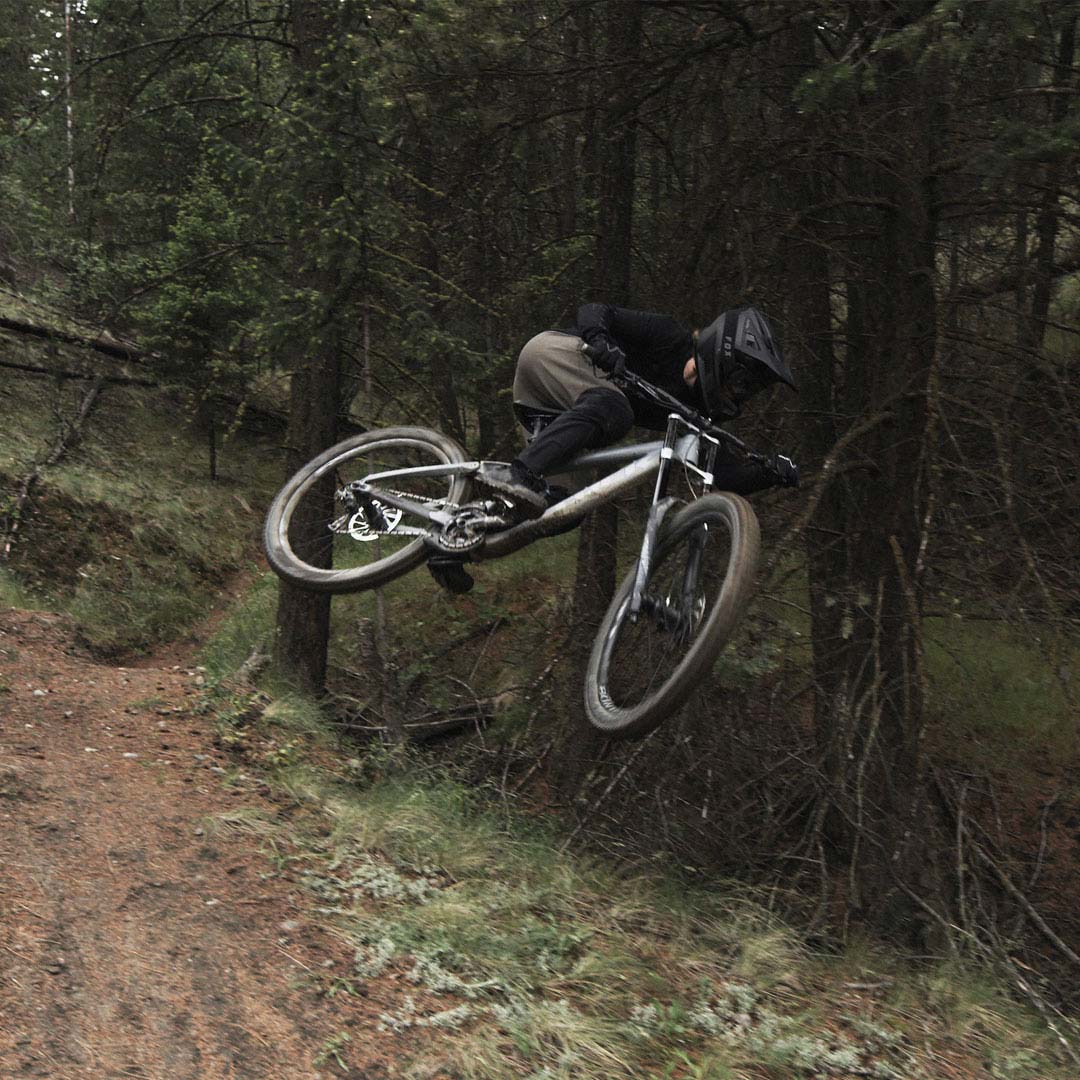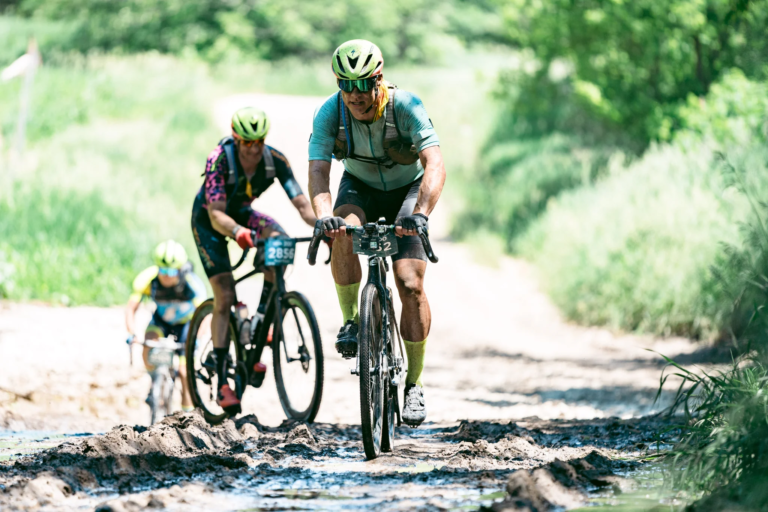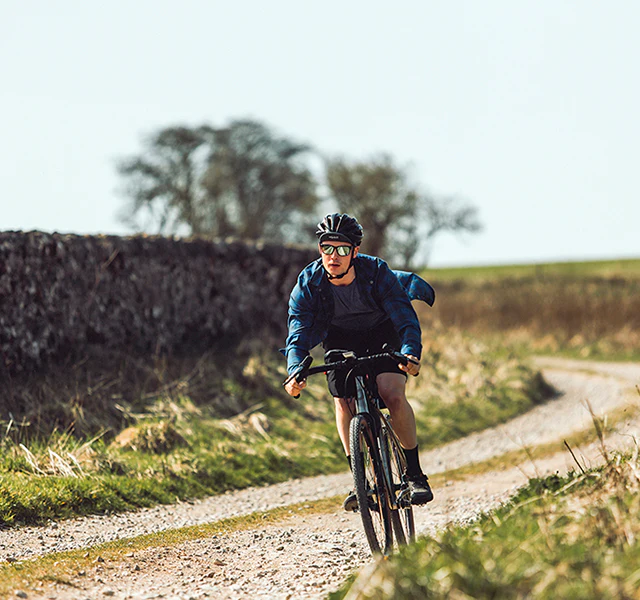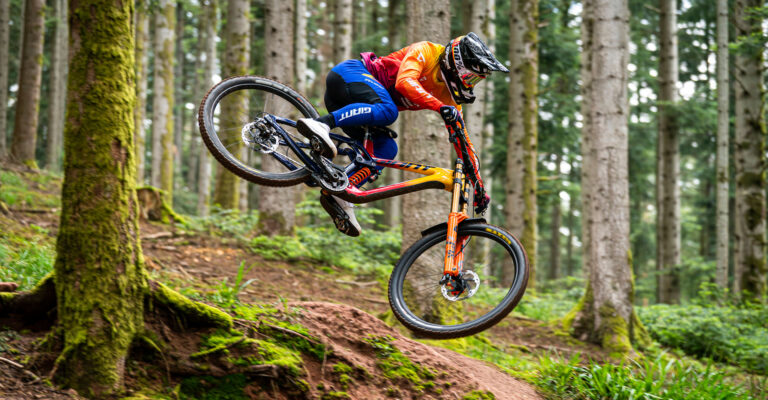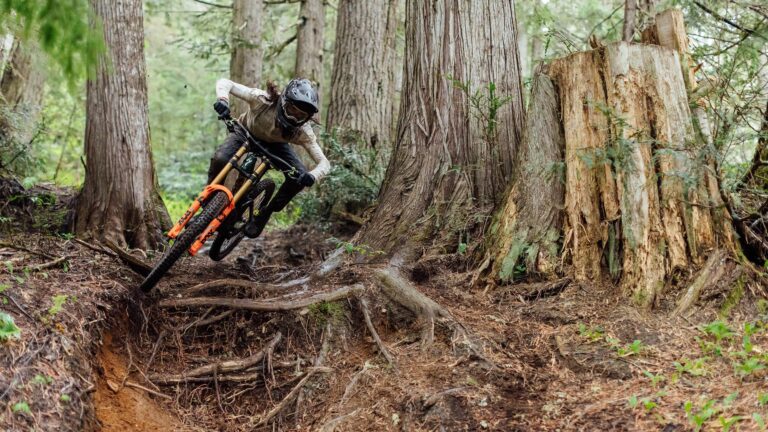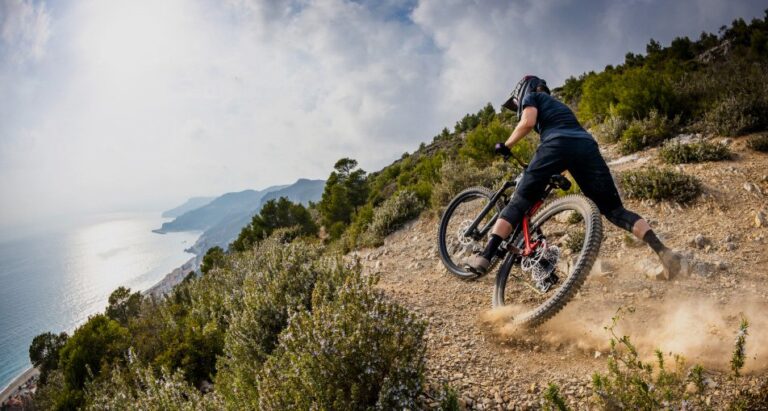The Importance of Geometry in Downhill Bikes
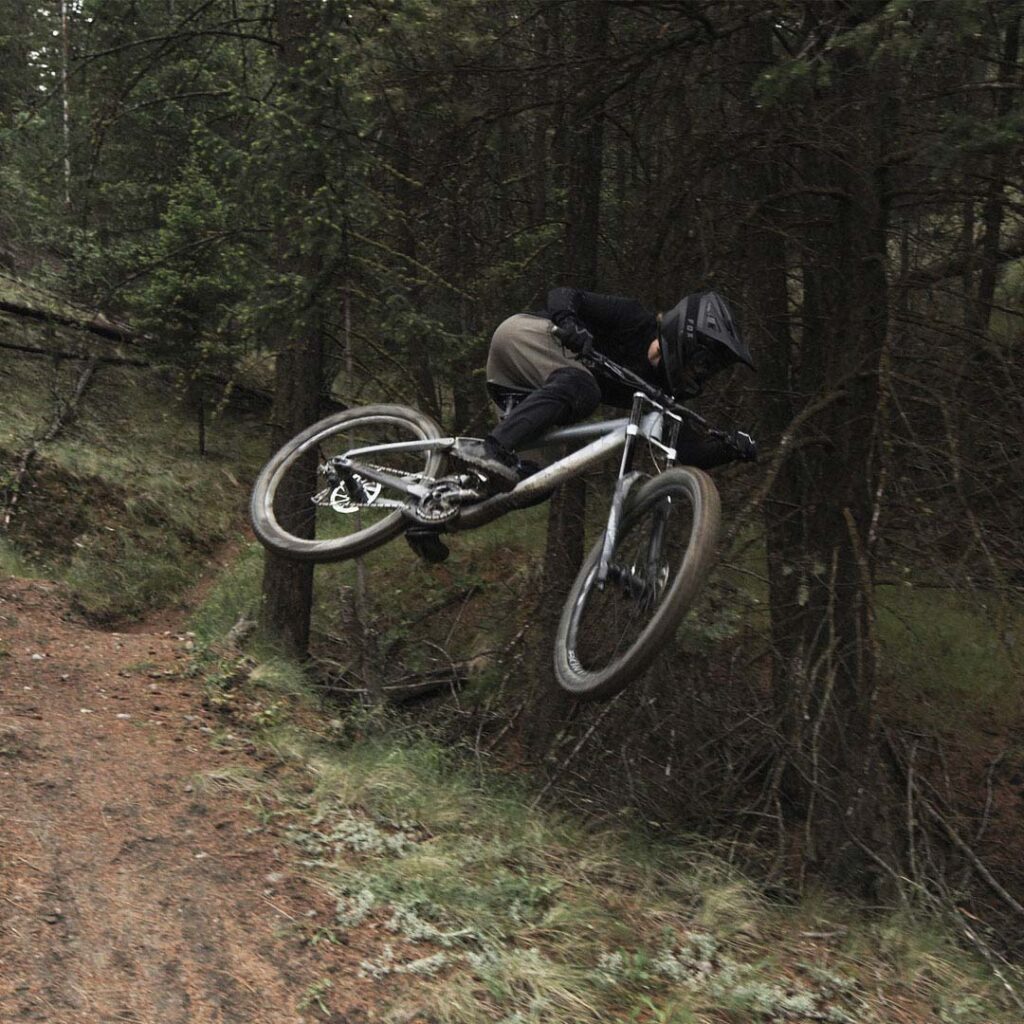
Key Point Summary of The Importance of Geometry in Downhill Bikes:
- Geometry is critical for downhill (DH) bike performance, influencing handling, stability, and rider confidence.
- A slack head angle improves downhill stability.
- Longer wheelbases provide smoother rides over rough terrain.
- Lower bottom brackets enhance cornering stability but increase pedal strike risk.
- Short chainstays improve bike agility and maneuverability.
As a masters cyclist with years of experience tearing down mountain trails and tackling challenging downhill courses on a variety of bikes, I’ve come to appreciate the nuances that make a good downhill bike truly great. One of the most critical, yet often overlooked, aspects of a downhill bike’s design is its geometry. The angles and distances that make up the bike’s frame can dramatically affect how it handles on steep, technical terrain.
Understanding Downhill Bike Geometry
Geometry might sound like a topic best left to architects and mathematicians, but for downhill bikers, it’s a crucial factor in the performance and feel of your ride. Let’s dive into the key components of downhill bike geometry and how they impact your riding experience.
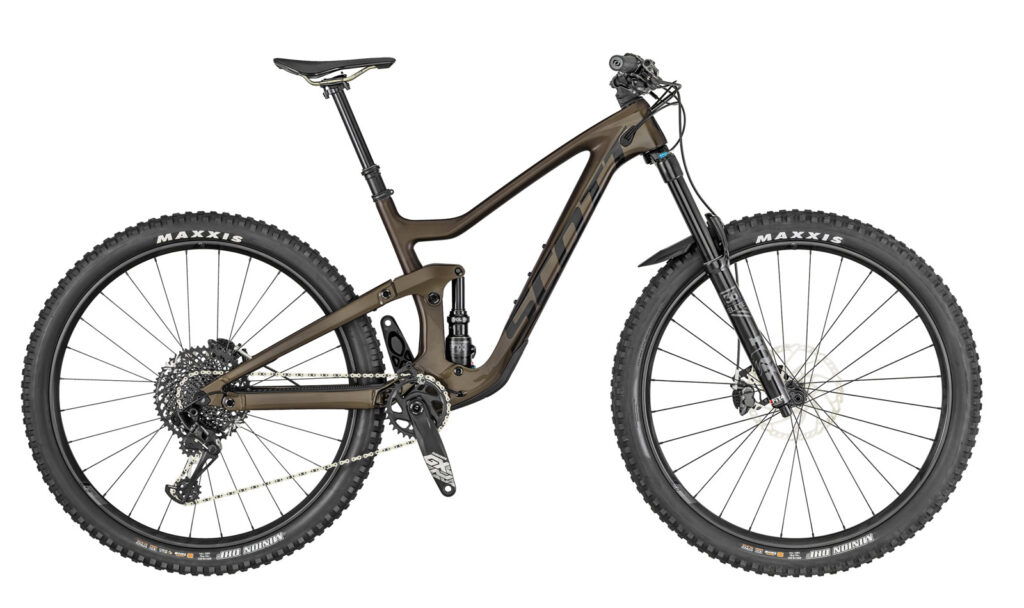
Head Angle
The head angle is perhaps the most discussed geometry aspect of a downhill bike. A slacker (more obtuse) head angle, typically between 63 to 65 degrees, stretches the front wheel out in front of the rider, providing greater stability at high speeds and on steep descents. On my first downhill rig, which had a noticeably steeper head angle than my current setup, I found it twitchy and less confidence-inspiring on the same trails I now ride with ease.
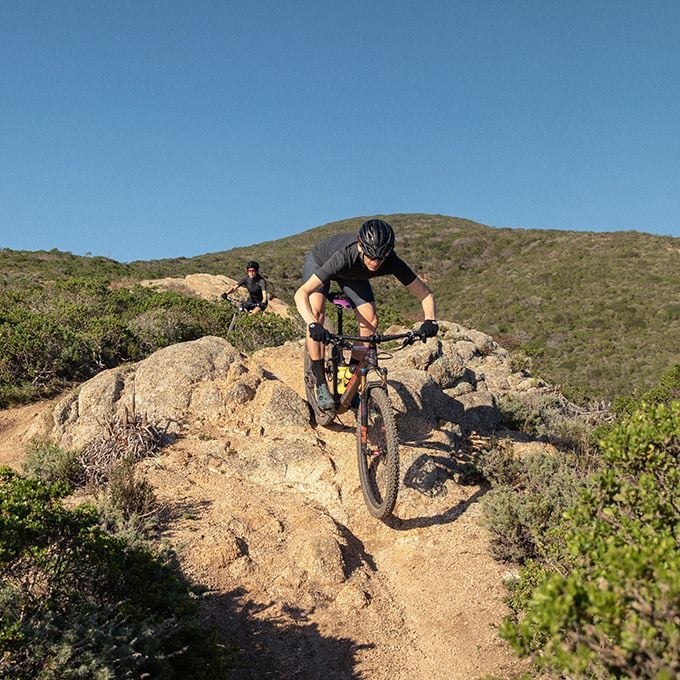
Wheelbase
The distance between the front and rear wheels affects how a bike handles obstacles and stability at speed. A longer wheelbase offers a more stable ride, especially useful when navigating rock gardens or dropping into steep chutes. I remember upgrading to a bike with a longer wheelbase and feeling like I had an extra second to react to the trail’s features, a testament to the increased stability.
Bottom Bracket Height
The bottom bracket height influences how low the rider’s center of gravity is, which affects cornering and overall stability. A lower bottom bracket helps the bike feel more planted in turns, but too low can lead to more pedal strikes on uneven terrain. Balancing this has always been a game of inches but makes all the difference in maintaining speed through corners.
Chainstay Length
Shorter chainstays make the bike more agile and responsive, allowing for quicker turns and easier lifting of the front wheel. However, this can come at the cost of some high-speed stability. Experimenting with different setups, I’ve found that bikes with shorter chainstays felt more playful, making tight switchbacks and jumps more manageable.
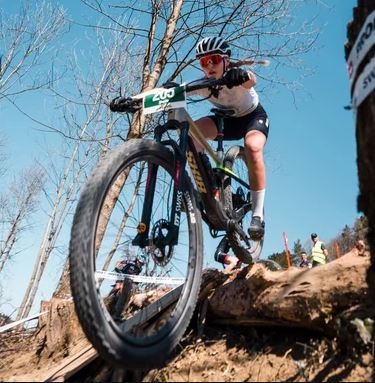
Wrapping Up: The Importance of Geometry in Downhill Bikes
Geometry is not just a set of numbers; it’s the blueprint that shapes how a downhill bike performs on the trail. Understanding and choosing the right geometry for your style and the terrain you ride can significantly enhance your downhill experience. While personal preference plays a big role, the general principles of downhill bike geometry remain consistent: stability, handling, and performance are all intricately linked to the angles and lengths that define your bike’s frame.
Whether you’re a beginner looking to get into downhill biking or a seasoned rider refining your ride, paying attention to geometry will help you make informed decisions about your setup. And remember, while the perfect geometry might help you feel more in control and confident on the bike, nothing replaces practice, skill development, and trail knowledge.
Here’s a quick overview of their top picks for the best downhill mountain bikes of 2024, showcasing a range of designs and features to cater to various preferences and riding styles.
Orbea Rallon

The Orbea Rallon is a highly regarded enduro mountain bike designed for those who demand both exceptional downhill performance and the capability to climb efficiently. It features a modern geometry that is adjustable, allowing riders to fine-tune the bike’s handling to match their riding style and the demands of the trail.
With a significant amount of suspension travel, typically around 160mm to 170mm both front and rear, the Rallon is built to absorb big hits, tackle technical descents, and maintain traction in rough terrain. Its carbon frame not only reduces weight but also ensures stiffness and responsiveness, making it a top choice for enduro racers and enthusiasts seeking a bike that can excel in a variety of challenging conditions.
Yeti SB165
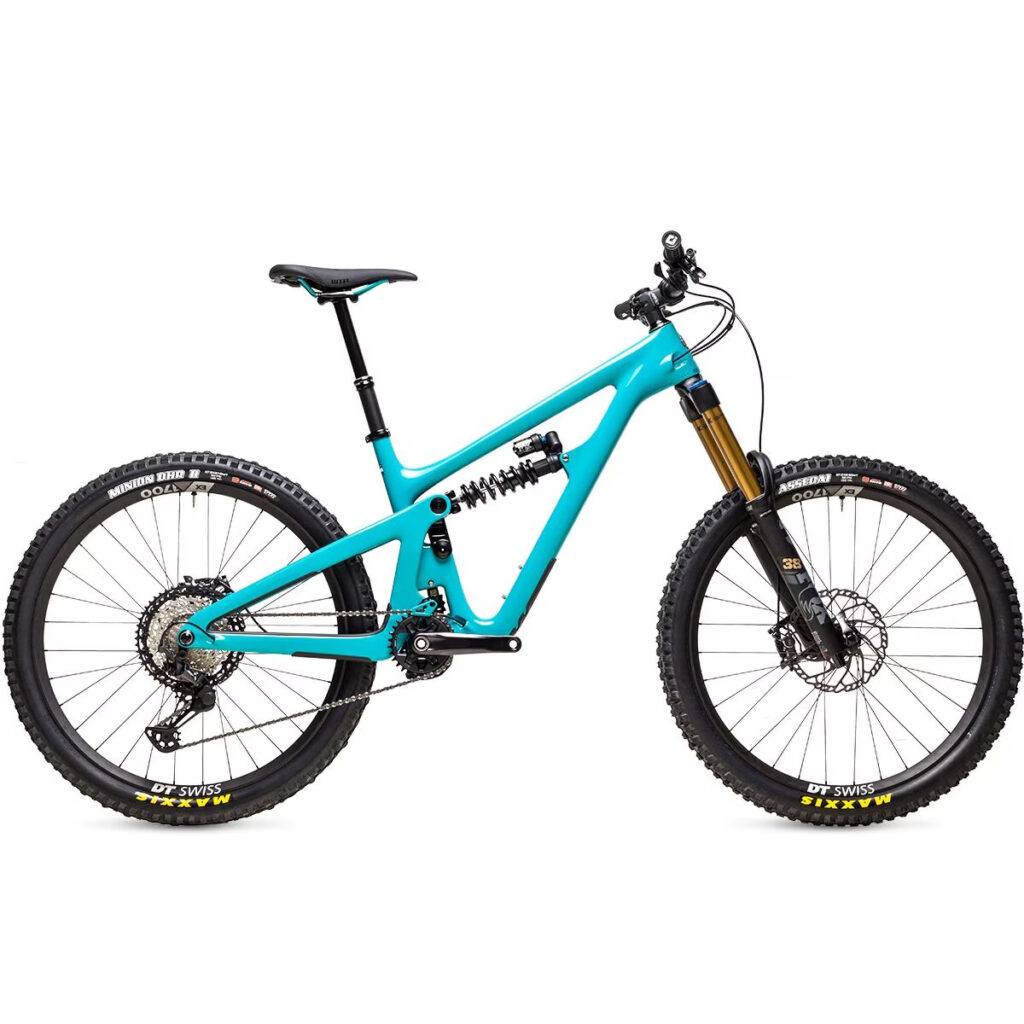
The Yeti SB165 is designed to be a versatile enduro and park bike that doesn’t shy away from the toughest descents or the biggest jumps. It’s the most aggressive model in Yeti’s lineup, with a focus on downhill performance without sacrificing the ability to pedal back up.
The bike features 165mm of rear travel and a geometry that encourages aggressive riding, making it a favorite among riders who want a bike capable of both enduro racing and fun days at the bike park. The SB165’s innovative suspension system provides a plush ride that can handle big drops and steep, rocky descents while remaining efficient enough for pedaling on flatter sections or uphill.
Santa Cruz Nomad
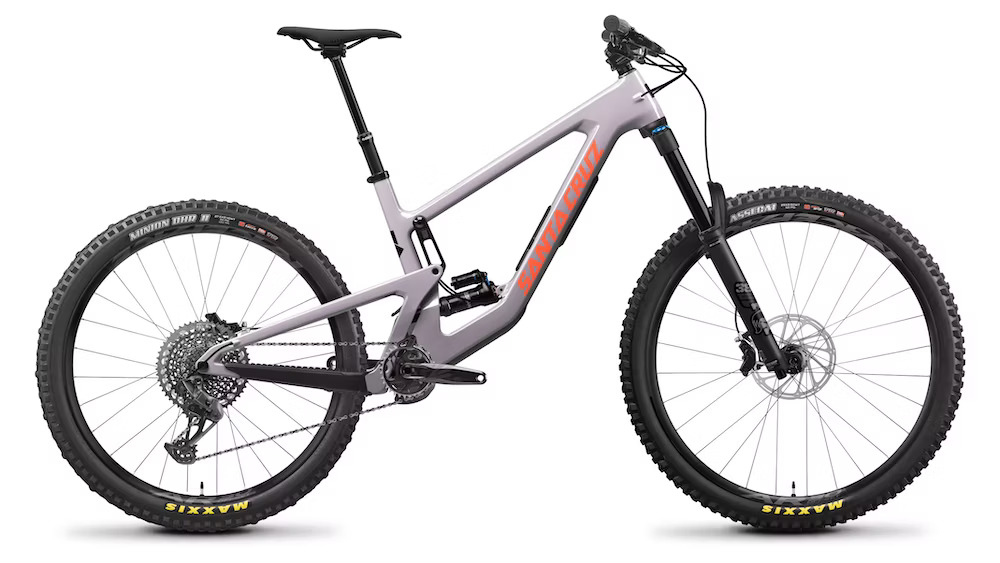
For the third bike, let’s discuss the Santa Cruz Nomad, a legendary name in the mountain biking world known for its all-around capabilities with a strong bias towards descending. The Nomad is a bike that bridges the gap between a dedicated downhill machine and a trail bike. With around 170mm of travel on both the front and rear, it’s designed to handle almost anything you can throw at it, from high-speed descents to technical rock gardens.
The bike’s geometry is aggressive yet balanced, providing stability at speed while still being nimble enough for tighter trails. The Nomad is known for its robust build and reliability, making it a favorite among riders who want a single bike capable of tackling a wide range of mountain biking disciplines, from enduro racing to backcountry adventures.
Happy riding!
John
FAQ
What is the best geometry for a downhill bike?
The best geometry for a downhill bike typically includes a slack head angle (around 63 to 65 degrees), long wheelbase, and low bottom bracket. This setup enhances stability at high speeds, improves handling on steep descents, and increases rider confidence.
What is the importance of bike geometry?
Bike geometry is crucial as it determines the bike’s handling, comfort, and efficiency. Different geometries affect how a bike performs in various conditions, influencing the rider’s control, balance, and fatigue levels during a ride.
How does mountain bike geometry affect ride?
Mountain bike geometry affects the ride by influencing the bike’s stability, maneuverability, and climbing efficiency. A slack head angle increases downhill stability, a steep seat tube angle improves climbing efficiency, and a longer reach can offer better control and comfort.
What makes a good downhill bike?
A good downhill bike is characterized by robust construction, high-quality suspension with significant travel (usually 200mm front and rear), a slack head angle for stability at speed, a durable drivetrain, strong brakes for reliable stopping power, and tires with aggressive tread for maximum traction. These features together ensure the bike can handle the roughest terrains at high speeds while keeping the rider in control.
